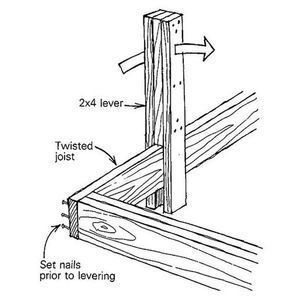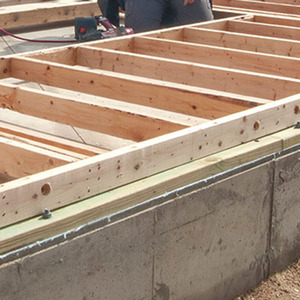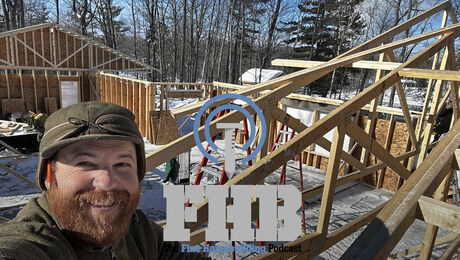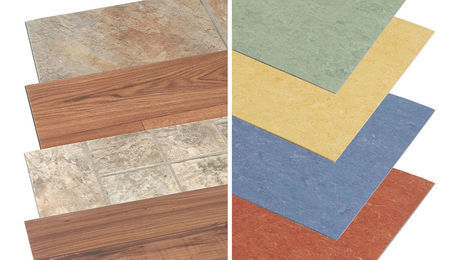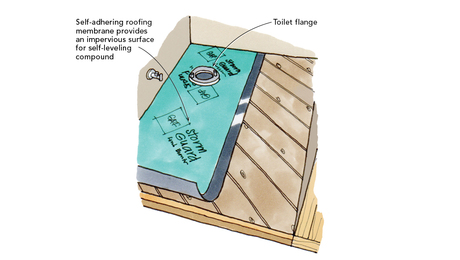Install Wood Flooring Series: Belt Sanding
Learn how to level the installed flooring with this powerful machine
Video Transcript:
Inspect a belt sander before renting it. Turn it over and make sure there are no tears in the drum, which could wreck the floor. Also check the wheels. If they have any bumps, any chunks taken out of them, or are covered in filth from the last job, the wheels will put imperfections in the floor. Don’t use solvents to clean the wheels. Place a hand scraper against the wheel and gently turn the wheel to remove any contamination.
Determine which way the sander should go—either right to left, or left to right. Go in the direction of the wheel that’s directly behind the sanding drum. The sandpaper on the drum will flatten the floor before the wheel even goes on it, so the floor will be a lot cleaner and flatter. If you use the sander in the opposite direction, all the time the far wheel will be on unclean floor, going over speed bumps, which will make the floor less level.
Check the drive belts for imperfections. They can get transferred to the drum and then transferred to the floor. With the sander in use, the drive belts will heat up. When you take a break, loosen the belts so that they don’t get kinked. Before you restart sanding, tighten the belts and let the sander run for a few minutes before you use it.
Use a sanding belt on the drum that’s the least distorted. Rather than pushing the belt on, rotate the drum, and the belt will actually work its way on. Mark the outside of the sander with a piece of blue tape at the edge of where the drum is so that you know where the belt is cutting.
Before using the belt sander, check the floor for protruding nails. They could spark and cause the sanding bag to catch fire. They could also damage the drum or cut into the abrasive, which would create ridges in the floor.
Turn on the machine to check the tracking of the belt. Wear ear plugs. After you turn it off, check the tension of the drum. As you start with the coarser grits, the tension should be high and the drum lower. As you progress to the finer grits, take the pressure off the drum. If you sand at a slight angle to the grain, you’ll end up with fewer scratches.
Make sure you have a good grip on the sander when you start it and put the drum to the floor. This big machine will pull you like a giant dog. Never let the drum touch the floor unless it is moving; otherwise, it will leave a big drum mark. If you have to remove a drum mark from the floor, approach it with the sander at an angle; don’t let the back wheels roll over it. Go back and forth in wider passes. Do this several times, which will spread the low mark over a larger section of floor, making it less visible. Once you are finished smoothing out the mark, slide the sander all the way past it and all the way back. It takes practice to get used to lowering and raising the drum without leaving a mark. Turn on the sander, start walking, and gradually, slowly let the drum down. Be sure to raise the drum before you stop.
I sand 60% of the floor in one direction, and then sand the remainder from the other direction. That eliminates any visible line from where the sanding begins and ends.
In this members-only video series:



